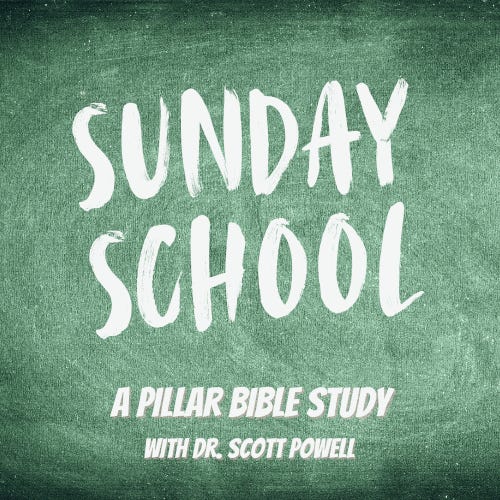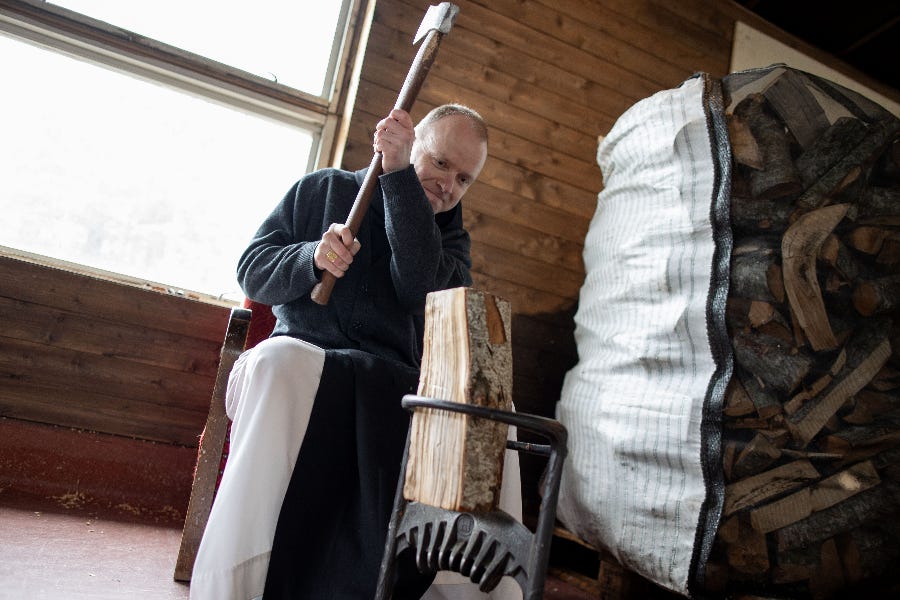It’s the Feast of All Souls on Tuesday, on which Catholics pray for the dead. One of the most popular and traditional Catholic devotions on All Souls Day, and throughout the year, is to ask that Masses be offered for deceased loved ones in purgatory.
Catholics also have the long-standing custom of offering priests stipends for Masses offered for their intentions — including Masses offered for the dead. And for a long time in the Church’s history, Mass offerings were — and still are in some places — the primary source of income for a priest.
But in 1991, a Vatican decree aimed to change a specific practice related to Mass stipends and the Feast of All Souls, one with a very weird nickname. Here's what happened:
Mass intent
It is an ancient tradition in the Church for Catholics to make an offering to their priest when asking him to say a Mass for a special intention, especially for a departed soul.
The amount for a Mass offering is supposed to be set collectively by the dioceses of a metropolitan province, in the United States this is usually either $10 or $15, though Catholics are always able to offer more in freedom.
At the same time, the Church has always prohibited, in the words of the Code of Canon Law, “any appearance of trafficking or trading” in Mass offerings by priests. As a result, the longstanding canon law has been that priests can usually only say one Mass each day, and receive only one offering per Mass.
But sometime during the last century, some U.S. dioceses noticed a problem they weren’t quite sure how to solve. In some places, priests were receiving many more Mass offerings and intentions than they had the ability to fulfill under the “one Mass per day” rule.
After the Second Vatican Council, which introduced concelebration into the regular practice of the Church, several American dioceses petitioned the Vatican to permit concelebrating priests to apply different intentions during a single Mass, or combine multiple intentions into a single Mass.
In response, Rome clarified that priests concelebrating Mass could each have a different intention, and allowed dioceses to grant priests permission to binate (celebrate Mass twice) on weekdays. But the Vatican also held very firm on the rule that priests could only retain one Mass offering per day - if priests had permission to celebrate extra Masses in a single day, each with its own Mass intention, they could still keep only one Mass offering each day.
The Vatican said priests should give additional offerings to “purposes designated by the diocesan bishop.”
When it was promulgated, the 1983 Code of Canon Law preserved and clarified those rules and permissions.
But even with permission to celebrate Mass two or even three times a day, priests in many U.S. dioceses simply can’t say Masses fast enough to keep up with all the intentions requested by their parishioners.
In some places, the intentions (and the offerings) are transferred, and said by priests in other parts of the world, often in poorer dioceses or mission territories, where the extra $10 can make a real difference.
Black Christmas
After the promulgation of the new Code of Canon Law in 1983 — even with the options to celebrate more than one Mass in a day, and to transfer extra intentions and offerings to priests in other places — some U.S. parishes took to offering Masses for a collection of intentions from the parish on All Souls Day.
In many places, parishioners added their own intentions for inclusion in the Mass, and gave Mass offerings for the priest — even though it was often made explicit that there would be one Mass said for the combined intentions.
The Vatican was asked to weigh in on that practice.
It responded in 1991 with the decree Mos iugiter, which was issued by the Congregation for Clergy in forma specifica, which means it has the force of law.
That decree noted that many bishops had asked the Holy See for clarification about the celebration of Masses for “collective intentions,” which the congregation called “a rather recent practice.”
“The faithful are…free to combine their intentions and offerings for the celebration of a single Mass for these intentions,” the Congregation for Clergy said.
But the Vatican did not approve of “priests who, indiscriminately gathering the offerings of the faithful which are destined for the celebration of Masses according to particular intentions, ‘accumulate them in a single offering and satisfy them with a single Mass,’ celebrated according to what is called a ‘collective intention.’”
While Rome said it was ok for Catholics to agree, voluntarily, to combine their requested intentions into the celebration of a single Mass, it did not change the law limiting to priests to keeping only one Mass offering per day.
But by some accounts, priests in some dioceses misunderstood the decree. By other tellings, priests chose to misunderstand it.
In either case, priests in some U.S. dioceses claimed thought that as long as their parishioners freely agreed to combine their intentions into the celebration of one or two All Souls’ Day Masses in the parish, their individual Mass offerings for those intentions could also be combined — creating one or two big-ticket stipends for those Masses, which the priests celebrating the, could divide between themselves.
This micro-custom quickly earned the nickname “Black Christmas” among local clergy, since it was a celebrated on a day whose traditional liturgical color is black, and it amounted to a sizable annual bonus for the priests.
Nice as the custom was for priests, it was never in line with canon law or the terms of Mos iugiter, and it was suppressed soon after it became established in most places — in most places it was eradicated in the early 2000s.
But in many rectories and seminaries, the legend of “Black Christmas” is still retold.
What should happen
While “Black Christmas” is not allowed, here is what is supposed to happen:
If a parish celebrates an All Souls’ Mass with many intentions collected from the parish, and if those intentions were accompanied by stipends, celebrating priests can personally retain the amount equivalent to one normal Mass offering for the territory — usually $10 or $15.
Everything else goes to special needs and projects designated by the diocesan bishop.
Those project can include everything from general diocesan operating funds, to special charitable projects, or even to the upkeep of Catholic cemeteries. In some places, the bishop lets the parish keep the extra funds to be used at the discretion of the pastor — just not as a November “Christmas bonus” for the clergy.
Ironically, since Catholics are always free to offer an individual priest more for a single Mass intention, if they want, the rules actually mean that priests celebrating the All Souls’ Day combined intention Masses might get a smaller stipend than they would for celebrating Mass for one intention in particular.
Of course, that’s not what celebrating Mass is really all about anyway. But if you’ve heard of the early November clerical Christmas bonus called “Black Christmas”, well, now you know how it happened.




